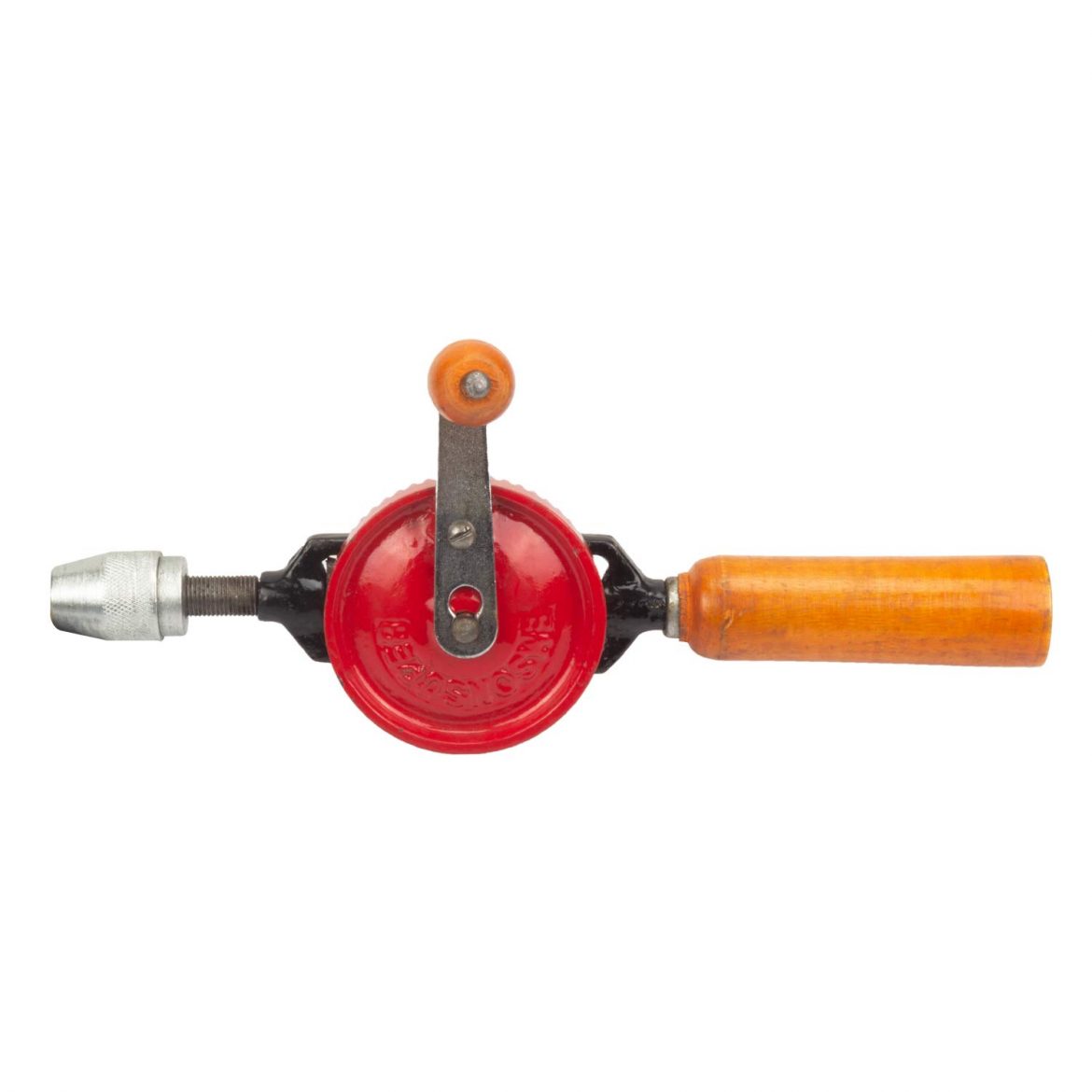Drill presses are essential tools in various industries, providing precision and efficiency in drilling operations. Understanding the different types of drill presses available can help professionals and enthusiasts alike choose the right tool for their specific needs. In this article, we will delve into the three main types of drill presses, highlighting their unique features, applications, and advantages.
- Benchtop Drill Presses:
Benchtop drill presses are compact and versatile machines designed for smaller-scale projects. They are commonly used in workshops, garages, and DIY settings. Key features of benchtop drill presses include:
- Size and Portability: Benchtop drill presses are lightweight and easily movable, making them ideal for limited workspace or on-the-go applications.
- Power and Speed: Despite their smaller size, benchtop drill presses offer sufficient power and variable speed settings to handle a wide range of materials and drilling tasks.
- Precision and Stability: These drill presses often come with adjustable tables and depth stops, ensuring accurate drilling and stability during operation.
Applications: Benchtop drill presses are suitable for woodworking, metalworking, jewelry making, and other intricate drilling tasks that require precision and control.
- Floor Drill Presses:
Floor drill presses are larger, more robust machines commonly found in professional workshops, manufacturing facilities, and construction sites. They offer enhanced power and stability for heavy-duty drilling operations. Key features of floor drill presses include:
- Size and Stability: Floor drill presses are designed to be stationary, providing a stable platform for drilling larger and heavier materials.
- Power and Speed: These drill presses typically have higher horsepower motors and multiple speed settings, allowing for efficient drilling through various materials.
- Extended Reach: Floor drill presses often feature longer columns and adjustable tables, enabling drilling at different heights and angles.
Applications: Floor drill presses are ideal for industrial applications, such as metal fabrication, construction, and large-scale woodworking projects.
- Magnetic Drill Presses:
Magnetic drill presses, also known as mag drills, are specialized machines used for drilling on vertical, horizontal, or overhead surfaces. They utilize powerful magnets to secure the drill press to the workpiece, providing stability and precision. Key features of magnetic drill presses include:
- Portability and Flexibility: Magnetic drill presses are compact and lightweight, allowing for easy transportation and operation in confined spaces.
- Magnetic Adhesion: The strong magnetic base ensures secure attachment to ferrous materials, eliminating the need for clamping or additional support.
- Versatility: Magnetic drill presses can be used in various industries, including construction, metalworking, and maintenance, for drilling holes in steel structures, pipes, and other magnetic materials.
Applications: Magnetic drill presses are commonly used in construction sites, shipbuilding, bridge maintenance, and other applications where traditional drill presses may not be suitable.
Conclusion:
Understanding the three types of drill presses - benchtop, floor, and magnetic - provides professionals and enthusiasts with valuable insights into their unique features and applications. Whether it's precision drilling in a workshop, heavy-duty operations in an industrial setting, or drilling on unconventional surfaces, choosing the right drill press is crucial for achieving optimal results. By considering the specific requirements of each project, individuals can make informed decisions and maximize the efficiency and accuracy of their drilling operations.


